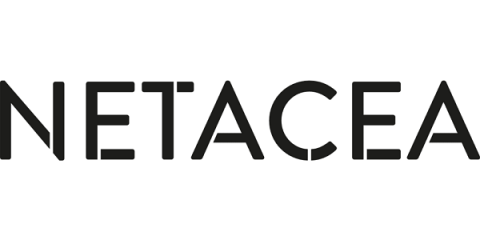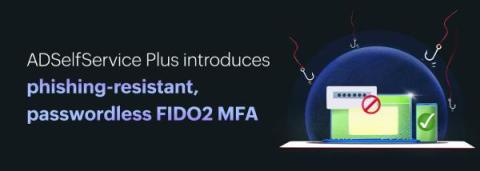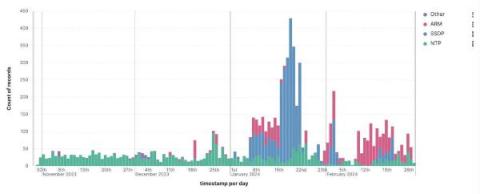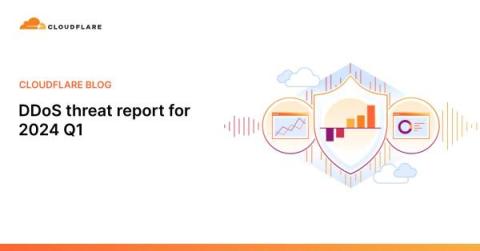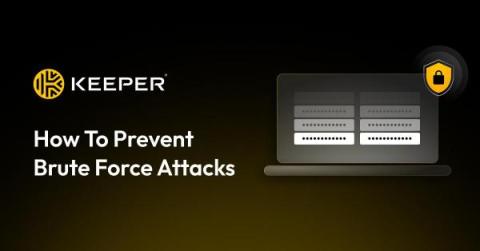AI-driven cyber attacks to be the norm within a year, say security leaders
New research from Netacea reveals 93% of security leaders expect to face daily AI-driven attacks by the end of this year. Ransomware and phishing attacks are expected to be enhanced by offensive AI, but bots remain an underestimated threat. All respondents are benefiting from AI in their security stack, but adoption of bot management is lagging behind.


